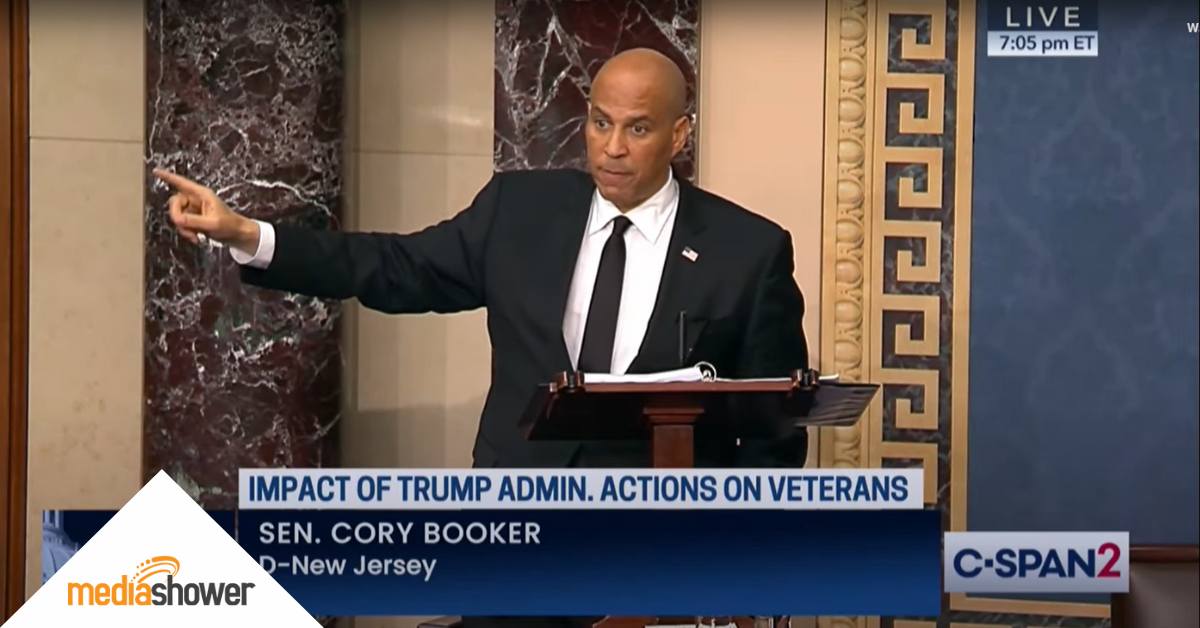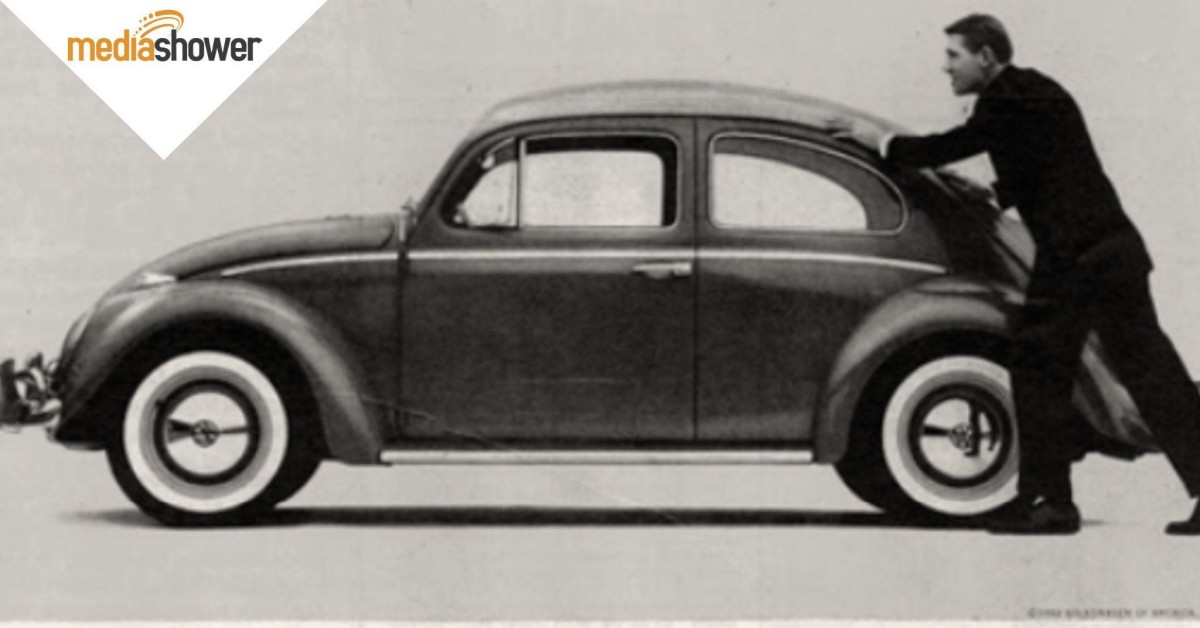
Quick Summary
- Volkswagen embraced its quirks early—and built a brand voice around humility, simplicity, and self-awareness.
• The early “Think Small” and “Lemon” campaigns redefined advertising through radical honesty and visual restraint.
• The New Beetle revival proved VW’s personality-first strategy still resonated decades later.
• Across decades, VW’s success came from turning offbeat traits into strategic storytelling.
Volkswagen’s success wasn’t built on power or prestige. It was built on personality. From the lumpy, lovable Beetle to the joyful relaunch of the New Beetle, VW stayed true to one strategy: own your quirks.
This case study explores how the brand turned perceived disadvantages into defining strengths—and why working the quirk still works.
How Did Volkswagen Build a Brand Around Its Quirks?

The original Beetle was small, slow, and strange beside the muscle cars and chrome giants of 1950s America—in other words, a hard sell. Most brands would have disguised the weirdness.
Volkswagen made weird wonderful.
With agency Doyle Dane Bernbach (DDB), VW introduced a new kind of car ad: quiet, self-aware, and unexpectedly funny. They leaned into the Beetle’s odd shape and modest size—and made buyers feel smart for seeing its value.
Instead of chasing trends, VW turned its quirks into assets. Each ad deepened the brand’s voice: smart, dry, and refreshingly direct. The strategy worked because it came from who the company really was.
“Think Small”
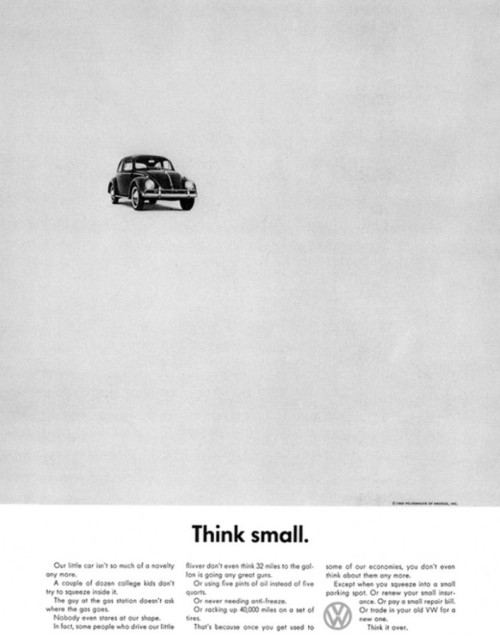
In 1959, American car buyers craved size. Long bodies, loud engines, and layers of chrome defined success. Automakers sold excess as aspiration.
Volkswagen showed up with a compact curveball. The Beetle’s minimalist design and modest engineering challenged every norm on the road.
“Think Small” reframed the conversation. The ad laid out the benefits of small in plain terms: fewer fuel stops, easier parking, lower repair costs, and lasting reliability. Small became smart.
The campaign crowned intelligence over indulgence. It gave Volkswagen a distinct point of view—and drivers a new way to define value.
“Lemon”
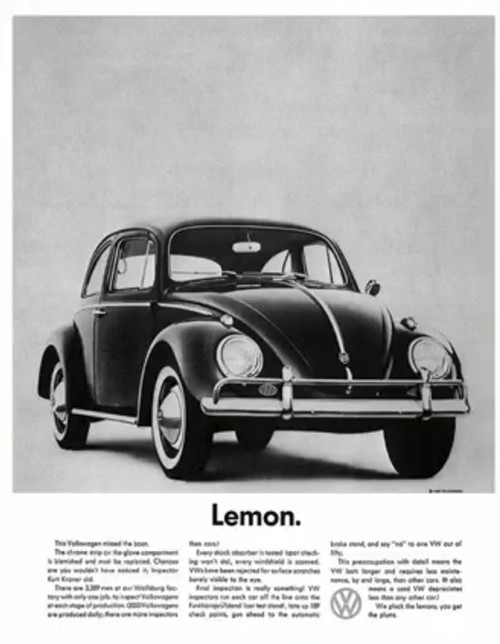
A year later, VW pushed the strategy further with an ad that called its own car a lemon.
The headline read: “Lemon”. The image showed a black Beetle, and the copy explained that the car had been pulled from final inspection over a small chrome defect.
The message: This Beetle would never reach a customer—because VW’s quality control was that strict.
It flipped expectations. Instead of hiding its flaws, the company advertised them as proof of standards.
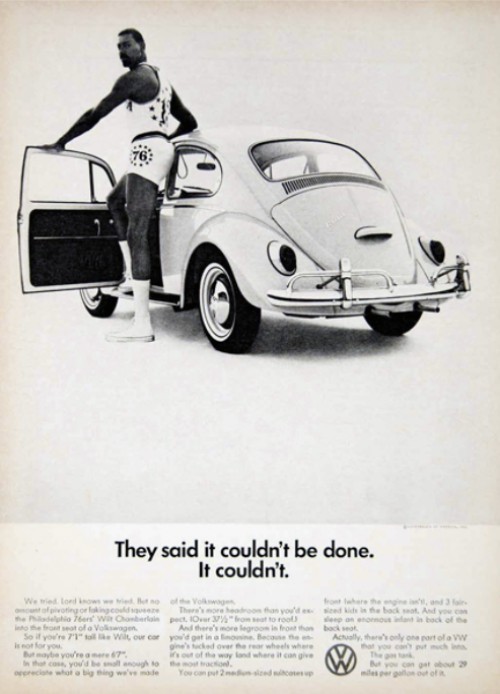
“It’s Ugly, But It Gets You There”
Volkswagen made self-deprecation sound like confidence.
In the 1970s, they called their own car ugly—and people loved them for it. The headlines admitted the Beetle wasn’t much to look at, then went straight to function: it gets you there.
The message was simple: VW valued performance over appearances. And so should you.
All three campaigns trusted the audience’s intelligence, respected their time, and built credibility through honesty. That tone became the DNA of the brand.
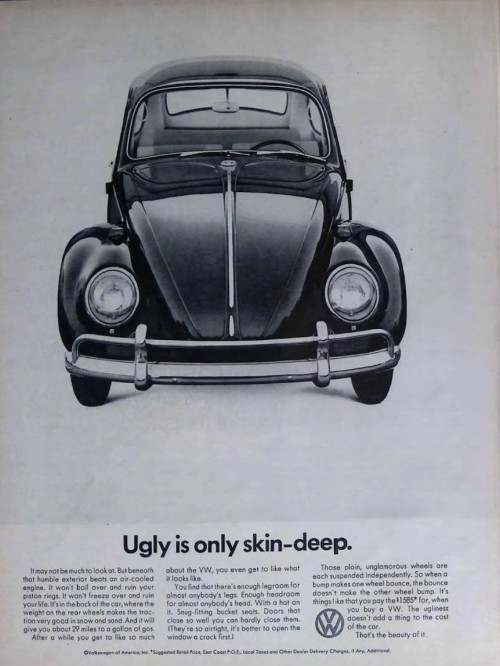
“It’s ugly.”
What Made This Campaign Different from Others?
“Think Small”, “Lemon”, and “It’s Ugly” worked because, unlike other automakers at the time, VW’s marketing veered away from flashy features to center on what it was not.
- Radical transparency: They pushed the advantages of size in “Think Small,” and used “Lemon” to spotlight quality control, not flaws. “It’s Ugly” acknowledged that it wasn’t the most beautiful car on the road, but it was the workmanship that counted.
- Self-awareness: The campaign acknowledged it was marketing—and made fun of that, too
- Strategic simplicity: Every element served the message. No fluff
- Cultural timing: As American consumers shifted from excess to practicality, VW’s voice fit the moment.
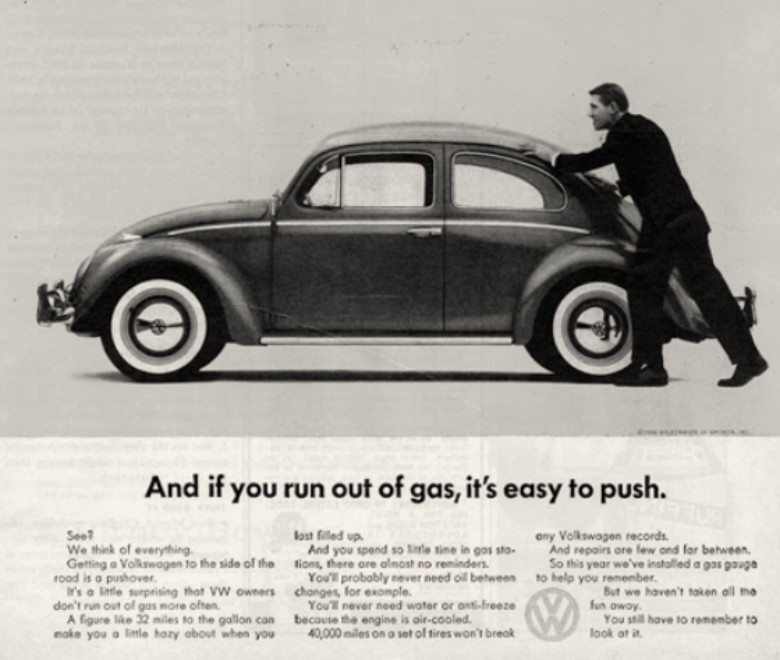
“See? We think of everything.”
What Results Did the Campaigns Achieve?
Volkswagen’s refreshingly honest approach worked:
- Sales growth: U.S. Beetle sales topped 500,000 by 1968.
• Industry revolution: It helped spark the 1960s “creative revolution” in advertising.
• Ad industry acclaim: “Think Small” was named the No. 1 ad of the 20th century by Ad Age.
• Brand legacy: VW became synonymous with wit, integrity, and consistency.
How Did Volkswagen Evolve the Brand?
VW evolved—but never abandoned its voice.

Leaning into Flower Power.
1960s: Focus on timeless design
Volkswagen began advertising that a Volkswagen was never changed to make it look different, only to make it work better.
“If you owned an 8-year-old Volkswagen and had it washed every now and then, who would know it was an 8-year-old Volkswagen—except you?”
The ‘90s: The New Beetle
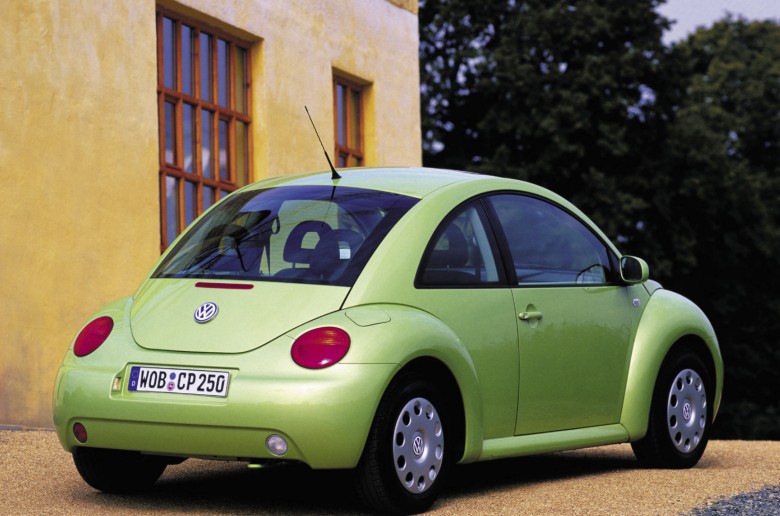
Fast forwarding to 1998, Volkswagen brought back the Beetle—still playful, round, and self-aware.
The “Drivers Wanted” campaign positioned it as expressive, not flashy. Commercials used upbeat music, vibrant colors, and a flower vase on the dash to create something cheerful in a sea of grayscale sedans.
The results:
- Over 80,000 units sold in the U.S. in its first year
- Renewed media attention and public affection
- A revitalized brand image
The New Beetle proved the original strategy still worked. Quirky still meant credible—when it was honest.
Why Has Volkswagen’s Quirky Strategy Worked for Over 60 Years?
- Defined difference: VW didn’t chase trends. It stuck to its identity.
- Clarity in tone: Every campaign sounded like Volkswagen.
- Creative freedom: Strong agency partnerships empowered bold, focused ideas.
- Audience respect: VW assumed its customers were smart—and wrote accordingly.
- Visual discipline: From minimalist print to cinematic TV, the brand always looked like itself.
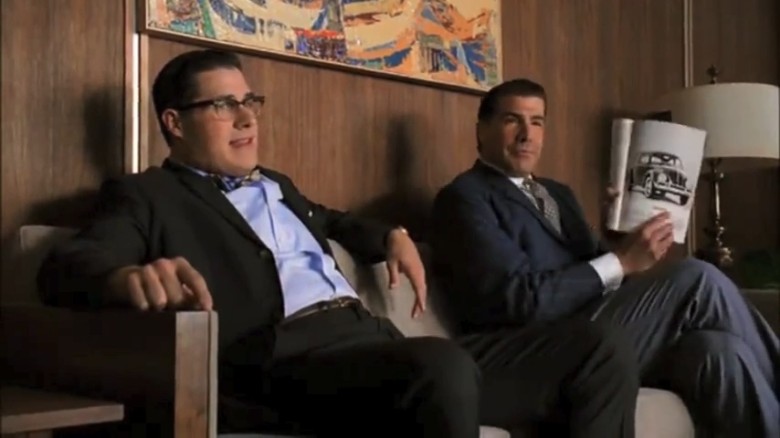
Mad Men discussing “Think Small.”
What Can Marketers Learn from Volkswagen’s Success?
- Highlight what makes your brand different: Quirks are assets when framed with confidence.
- Build a voice and stick to it: Consistency builds trust.
- Use humor to deepen credibility: Real humor, rooted in truth, earns attention and loyalty.
- Let creative strategy evolve without losing identity: Your look may change—your voice shouldn’t.
Media Shower’s AI marketing platform makes it easy to “Think Small”—while making a big impact.Click here for a free trial.

